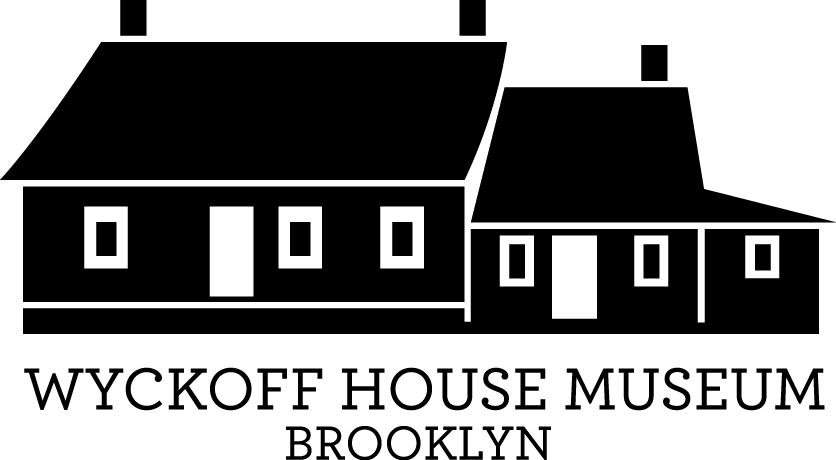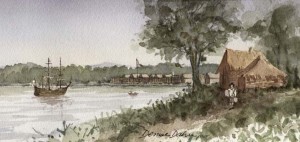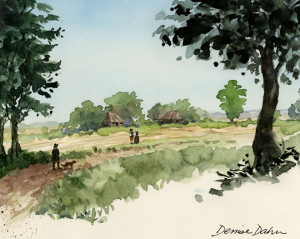History Copy
Mission
The Wyckoff House Museum preserves, interprets, and operates New York City’s oldest building and the surrounding one-and-a-half acres of park. Through innovative educational and farm-based programs we build cultural and agricultural connections within our community, emphasizing immigration, family, food, and community through history.
Who Was Pieter Wyckoff?
In April of 1637, a young man named Pieter Claesen arrived in what was then the Dutch-controlled colony of New Netherland. Like most of New Netherland’s immigrants, Pieter’s native language and culture were not Dutch. Pieter grew up in Norden, an area in what is now Germany, where the population spoke Frisian. Dialects of this language can still be heard in coastal areas of Denmark, northwestern Germany and the northeastern Netherlands. Pieter’s parentage and his impetus for immigration remain unknown. We do know, however, that upon his arrival Pieter was contracted as an indentured farm hand for a fellow Frisian tenant farmer named Symon Walichsz, on a vast estate, or patroonship, called Rensselaerswyck, situated near present-day Albany.
Rennsselaerswyck, which consisted of approximately one million acres, had been granted by the Dutch government to the wealthy van Rensselaer family of Amsterdam. After a period of six years, Pieter’s contract of servitude expired and he became a tenant farmer himself. He soon married a Dutch-born young woman, Grietje van Nes, and they began the family that would eventually number 11 children.
The Wyckoff House
In 1650, upriver farmers started to move south toward New Amsterdam, the seat of government, to purchase land that had been recently made available for purchase by independent farmers by the colonial government, the Dutch West India Company. By 1652, Pieter and Grietje had acquired a farm in the newly established community of Nieuw Amersfoort, in what would eventually comprise the city, and later the borough, of Brooklyn. The house they occupied was a simple one room structure with a packed earth floor and unglazed windows, with doors at both ends and a large jambless (or open) hearth. Miraculously, it still stands today.
Over the centuries, the house has been reconfigured, expanded, and modernized to eventually encompass 6 rooms with three fireplaces, a walk-up attic above, and root cellar below. The Wyckoff family occupied the site for eight successive generations, until 1901 when the land and house were sold to developers.
After more than a half century of disrepair and a devastating fire, the house was restored in 1982 and opened to the public as a museum.
Why Wyckoff?
After the English assumed control of New Netherland, residents practicing patronymics (a naming system that utilized one’s father’s name in place of a surname) were required to adopt, or freeze, surnames that could be passed down each generation. Pieter Claesen chose the name Wykhof, which most of his descendants have spelled Wyckoff. Despite many unfounded claims over the years regarding both Pieter’s ancestry and choice of surname, there is no record of Pieter’s parentage; but there is substantial evidence that he chose the name Wykhof in recognition of a farm by the same name outside of Marienhafe, Germany where his family were likely tenants.
The Wyckoff surname is unique – so much so that the vast majority of American and Canadian Wyckoffs can trace their lineage to one of Pieter and Grietje’s eleven children. There are numerous variations of the name, including Wycoff, Wykoff, Wikoff, and Wicoff. In fact, over 50 different spellings have been recorded.



